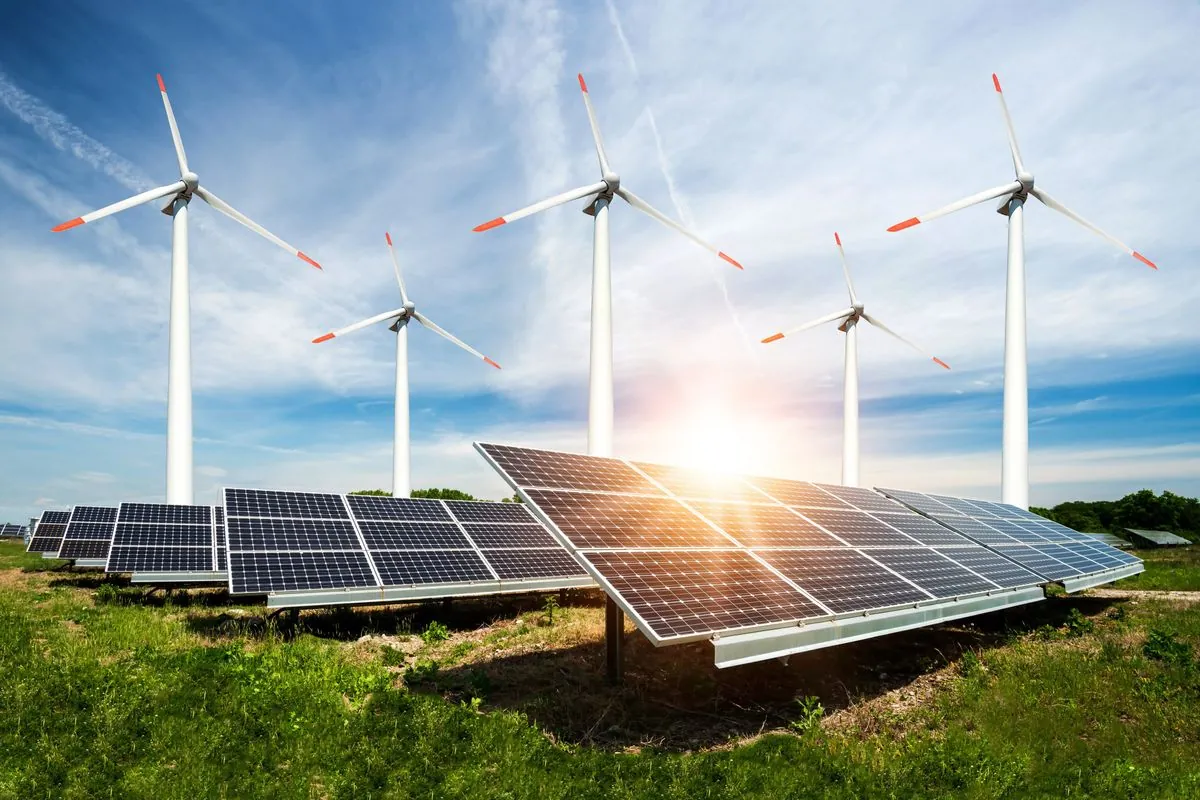A recent analysis by the Centre for Research on Energy and Clean Air (CREA) suggests that China could potentially reduce its carbon dioxide emissions by one-third by 2035, aligning with the Paris Agreement goals. This projection comes as nations prepare to submit new climate pledges to the United Nations by February 2024.
China, the world's largest greenhouse gas emitter, is currently on track to meet its 2030 climate objectives ahead of schedule. The country has already achieved its target of increasing wind and solar capacity to 1,200 gigawatts, originally set for 2030, six years early. This progress demonstrates China's significant investment in renewable energy, as it leads global efforts in this sector.
Despite these advancements, concerns persist about China's future climate targets. Belinda Schape, CREA's China policy analyst, warns of the risk that Chinese policymakers might set low climate targets for 2035, citing current policy inertia. However, she also notes positive signs that climate issues are regaining prominence on the policy agenda.
China's stance on climate action remains firm, with officials emphasizing that the country's long-term climate goals and path to net-zero emissions will be determined independently. Li Chuangjun, a top renewable energy official, stated in August 2023 that China is actively working on establishing 2035 targets.
The Climate Action Tracker, an independent initiative, previously described China's 2021 NDC submission as "highly insufficient." As a developing country under UN classification, China is not obligated to make absolute cuts in emissions. In its 2022 NDC submission, China asserted that it had "made every effort" to advance climate action.
CREA's analysis suggests that China has the capability to set ambitious targets for 2035, including:
- Increasing wind and solar capacity to 4,500 GW
- Reducing total power sector emissions by at least 30%
- Cutting steel emissions by 45%
- Decreasing cement emissions by 20%
These targets are considered achievable, given China's recent progress and technological advancements. The country has already ordered its steel mills to undergo "low-carbon renovation," which is expected to reduce emissions by approximately 53 million metric tons by next year.
"China's long-term climate goals are fixed and its pathway to net zero emissions will be decided by China alone and will never be influenced by others."
It's worth noting that China's climate efforts extend beyond emissions reduction. The country has pledged to plant 35 billion trees by 2050 to combat climate change and has implemented a national emissions trading scheme, which is now the world's largest carbon market. Additionally, China leads in electric vehicle manufacturing and has developed innovative urban planning concepts like "sponge cities" to improve water management and reduce flooding risks.
As the world's largest coal producer and consumer, China faces significant challenges in transitioning to cleaner energy sources. However, its investments in renewable energy and commitment to reaching carbon neutrality by 2060 demonstrate a long-term vision for sustainable development.
The international community will be closely watching China's next NDC submission, as it will play a crucial role in global efforts to limit temperature rises within the 1.5 degree Celsius target set by the Paris Agreement. The outcome of China's climate pledges will have far-reaching implications for global climate action and the future of our planet.
